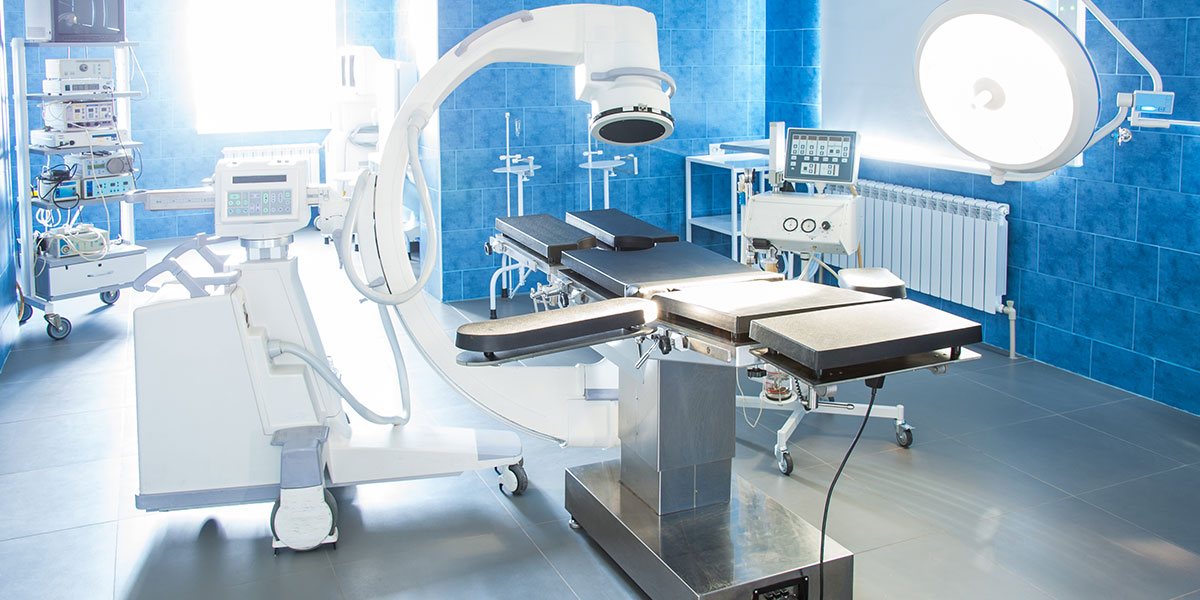The medical industry is expected to go through monumental transformations given the communion of new-age hi-tech disruption with traditional medical practices. This digital revolution has prompted medical device firms racing to grab the latest in healthtech to stay competitive. Very often, competition can be harder to perceive, given technology’s swift strides. To give industry players a confident headstart, we took the industry pulse to round up emerging trends that enable a true interpretation of progress in the medical device industry.
1. Internet of Medical Things (IoMT)
As more consumers embrace the idea of smart homes, IoT-based gadgets are becoming the new norm. In a similar vein, the Internet of Medical Things(IoMT) happens to be the next logical and viable step in truly integrating tech at a grass-root medical level.
IoMT will connect various medical applications and devices to centralized healthcare IT systems for an easier, refined, and deeper data analysis. This will ultimately aid in optimizing patient outcomes, costs, and care efficiency. At its current stage of implementation, the IoMT market is expected to grow to USD 159.1 billion by 2022 at a staggering annual growth rate of 30%.
Apart from offering their routine services, medical device companies are keen on providing unique value propositions by offering the amassed data to patients, payers, and healthcare providers.
With 31% medical device companies offering data distribution services and 39% incorporating this very same data as an added value, their role is no longer that of just a developer and supplier of medical devices, but also a value-based partner for investors and consumers alike.
2. Medical robots
Straight out of science fiction and onto operating tables, medical robots are all set to revolutionize our take on traditional surgical practices. With remotely-controlled or even automated robots manning the blades, a new wave of efficiency is set to embrace the operation room.
The intent is to eliminate the dearth of surgeons in hard-to-reach places with cheaper and more accessible ways to address medical emergencies using medical robots. Add to this the modern world of connectivity and data sourcing from IoMT and medical robots. This will allow doctors and experts to have seamless telepresence in rural areas during patient diagnosis and treatment.
3. 3D-printed medical devices and accessories
The growing adoption of 3D printing technology has opened significant opportunities for customization in the medical field. This technology enables the customization of organs and prosthetics to hyper-personalized levels to perfectly suit a particular patient.
3D-printed objects can be used for the purpose of developing prototypes and research as well. Dentistry and orthodontic treatments also see huge potential in improving the quality of products at scale.
4. Enhanced cybersecurity
Cyber attacks are a major threat to not just medical device companies, but the overall healthcare industry. With numerous exchanges of vital medical information and accessibility between multiple stakeholders e.g. healthcare providers, manufacturers, and suppliers; robust security measures are required to mitigate security breaches security.
In this light, the FDA is holding medical device manufacturing companies accountable for any such incidents. Hence, medical device firms of all sizes must stay act now and prepare themselves to minimize the risk of cyberattacks.
Medical device firms investing in cybersecurity technology, infrastructure, and partnerships will reap greater benefits in 2020 and beyond.
5. Wearable technology
According to Gartner, worldwide spending on wearable technology is to surge to USD 52 billion by 2020, an increase by close to a third compared to last year. HMDs (Head Mounted Displays) and smartwatches are going to be the most popular forms of wearable technology. Each of these is expected to grow by 48% and 34% in 2020, respectively.
Smartwatches, the replacement of traditional timepieces, sync with smartphones to relay vital information such as steps count, blood pressure, heart rate, etc. These are considered key factors fueling high spending among today’s health-conscious masses.
Also, a drop in prices of smartwatches by approximately 45% by 2020 and 2021 due to miniaturization of sensors and cheaper modules would likely bolster this spending pattern. Without having much impact on the pricing of premium brands such as Apple, Samsung, etc., the market is going to be counter-balanced by affordably priced brands such as Huawei, Xiaomi, etc.
2020 is looking bright and promising for the medical device industry with a fascinating merger of technologies from various segments coming together to offer cheaper, cost-effective, and life-saving expertise at the press of a button. A slew of global medical and healthcare firms partner with Netscribes to get actionable insights to inform their way forward. For a detailed analysis of the medical devices industry, contact us at info@netscribes.com






